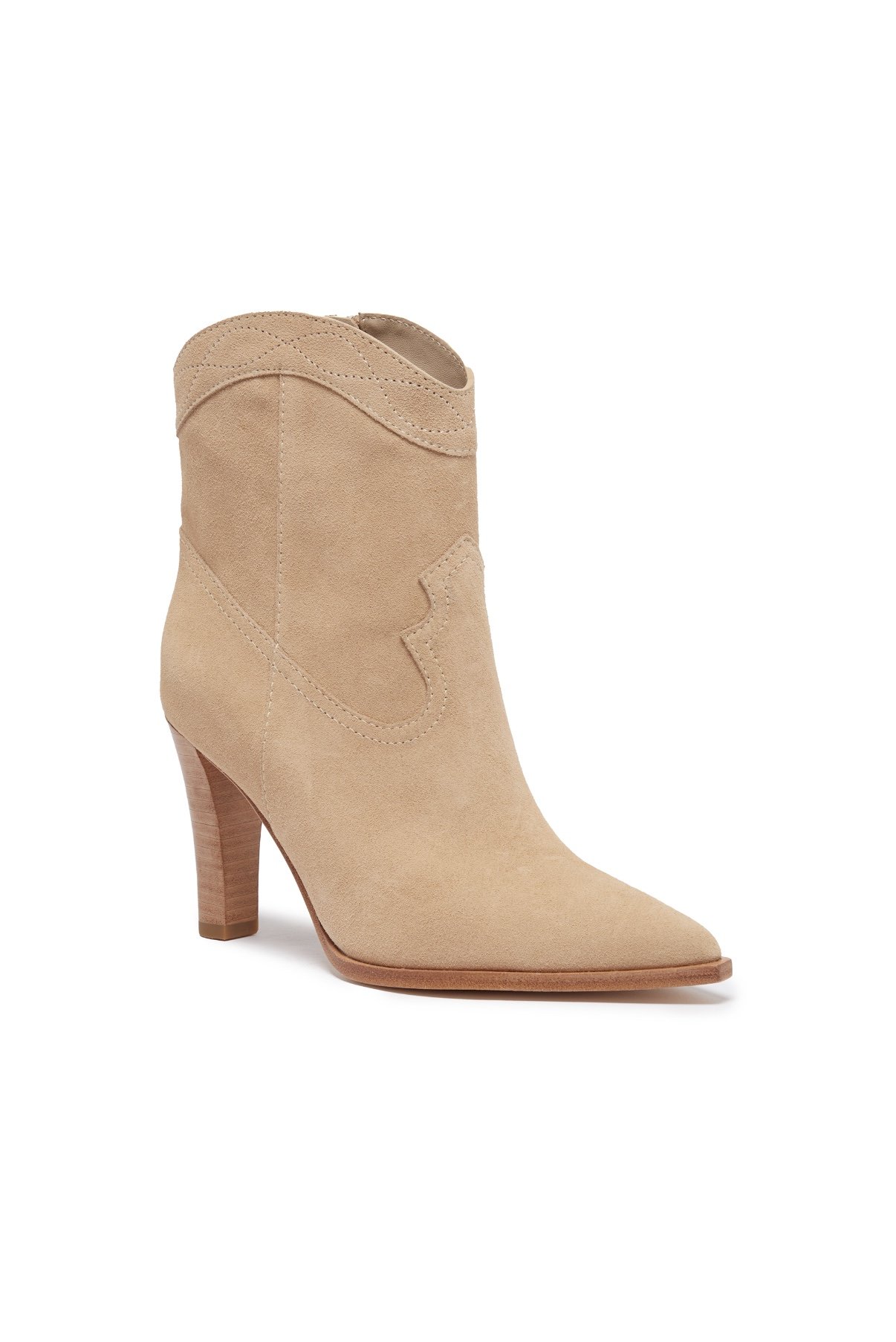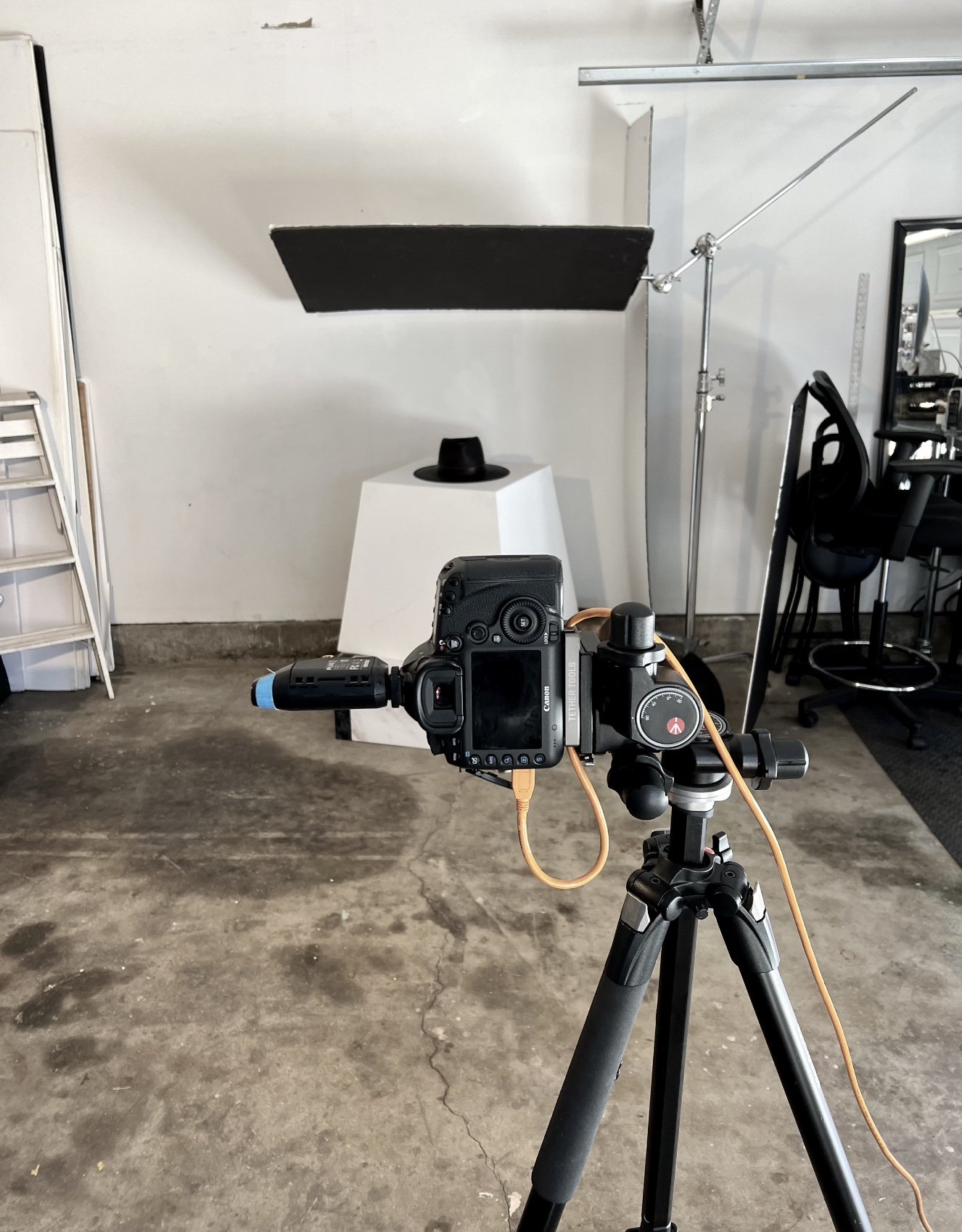In the blog “Drawing With Light,” I highlighted four qualities of sunlight that photographers should think about when starting to work with studio lights.
-Sunlight is bright. We talked about why a studio flash unit will give you better quality than continuous light ever could, and how it is a true necessity for a professional photographer. If you haven’t read “Drawing With Light,” this is your cue to do so now:
https://www.sonyabowman.com/photography-blog/2022/5/20/drawing-with-light
In this blog I’m going to talk about what we can do with that light. You may think that the mark of a stellar photographer is one who’s using every light in their kit, and certainly there are times when you will need multiple light sources, but before you can choreograph the lights to work together, you must understand the light itself. I recommend that when you are just starting out with studio lights, practice with only one light so that you can learn what that light can do. You will develop an understanding of the qualities of light and how different choices will impact the nature of the light, an essential step in mastering photography.
The most talented photographer I’ve worked with is best known for using only one light source. This style of photography has become popular in recent years, but when Manny Rodriguez was shooting entire ad campaigns with only one light in the early aughts, it was revolutionary. He was mimicking sunlight and letting the natural quality of light express itself. You can see some of his fantastic work on his website:
https://www.mannyrodriguez.com/
At that point in my career I still had a “more is more” type of attitude when it came to lights and photo gear in general. I’m kind of into the tech of it all, and seduced by the promise of all these cool gadgets. Manny’s question for me then, and even today, is why?
-Why place the light there? Light is directional. The place you put the light decides everything – where the shadow will land, which surfaces will be illuminated, how the light will strike the lens. Start noticing the lighting in pictures you see throughout the day on social media and elsewhere. Look at the shadow. What can you guess about where the light is based on the shadows?
In this image the light is moving from right to left. The right side of the items are illuminated, the shadow falls to the left.
This image was shot with a Profoto Acute 2 strobe head with a standard 7” reflector and barn doors. Note how much detail this bare bulb type of lighting captures, how crisp the shadows are from the solid items.
-Why use a light modifier? Light always casts a shadow. The shadow cast by the sun is a sharp shadow, with a crisp edge. If you want to mimic a high noon sun shadow, you’ll want to pull your light back as far as you can from your subject, and shoot either “bare bulb” (no modifier) or simply with the basic reflector that comes with the light. This reflector will amplify the light without changing the quality of the light too much.
But what about all those cool light shaping tools out there? Softboxes in all shapes and sizes, beauty dishes, scrims – and those are just the diffusers! The options are endless. To understand diffusers, think of sunlight going through clouds, or passing through an awning, Note that the shadow is much softer, sometimes almost disappearing altogether. This type of lighting can be very flattering on people. A dreary day may not do much to lift the mood of a vacationer in search of sunshine, but look at the pictures you take of people on cloudy days. Often these will be the most beautiful of portraits, because the blanket of light fills in all of the dark recesses and is far more universally flattering than a bright day. Applying this to product photography, the same rules apply. Less detail will be captured, but that’s not always a problem, depending on the item. Just as importantly, the shadows will be softer. Sometimes a hard shadow can be just too distracting, and implementing softboxes will provide lovely, even lighting, without a hard shadow.
In this image the light is coming from overhead and slightly in front of the object. The entire item is illuminated, the shadow falls just underneath and toward the back of the composition.
This image was shot with a Profoto D2 portable strobe head with a 2’x3’ Profoto softbox. Note how even the lighting is, how soft the shadow. For e-commerce photography, this look is a standard.
Comparing the diffusers to one another will be a subject of a future blog, but for the time being, you can start with what you have. Most lights will come with a basic umbrella. This is technically a reflector but softens the shadow like a diffuser by bouncing the light into a silver or white reflective umbrella. While this method of light may not offer the same amount of control as a diffusion scrim, it is certainly a tried and true method and will give a similar effect.
- Why does it matter where you set up your studio? When you are out and about on these streets, you will notice changes in the color of the light. Snap a pic in an office, and you’re looking at lurid green skin tones. Trying to catch a portrait on a partly cloudy day? You’ll be fighting sunspots the whole time.
A studio is a creative space, but it is also a technical space. Light bounces around, it picks up color. I set up my studio in the garage, which featured the dark, brown timber ceiling typical of the 40’s when this house was built. The first thing I did was to cover that ceiling with white fabric. I shoot a lot of jewelry, a lot of things with reflective surfaces, so I have to be super particular with the surroundings of my set,. Even if you are shooting people or clothing, you will want to be mindful that any surface your lights hit will throw their color into the mix, and it’s not something you want to be continually fighting.
In this image the light is coming from near the camera, just to the left. The entire item is nicely illuminated, yet there is dimension and detail. The shadow falls to the right and behind the item. The right side of the cube is left in shadow, while the top and left side and left a neutral grey.
This image was shot with a Profoto Acute 2 strobe head with a standard 7” reflector and barn doors. Over the platform I suspended a black card to darken down the top of the platform so that it would separate from the background better.
If you want to see examples of my photography, please check out my portfolio:
This blog includes reference to a one-light setup I use for one of my long-term clients, you can see more examples here:
https://www.sonyabowman.com/janessa-leone
Have a question or recommendation for a blog? Drop me a note:




